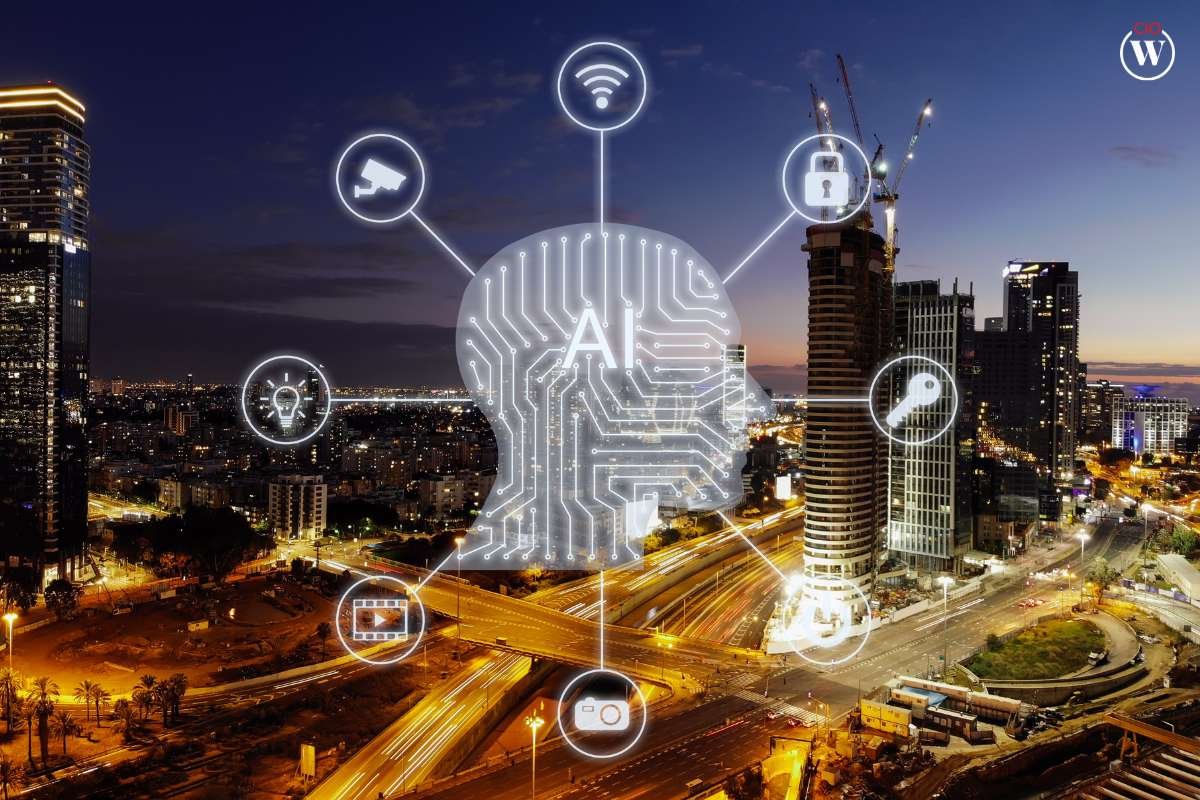The consumption of data and its importance has surged substantially. Organizations and top-notch brands store huge amounts of data via cloud storage and similar means. The amounts of data generated and consumed are in huge numbers to keep coming back to it for reference. Due to the invasion of edge computing, the sharing and displaying of data sources has become very easy and accessible. It has reshaped the way people process data and use it to their advantage. It allows us to tailor the data as per the demands of the customers and prospects.
The way we handle the data increases efficiency in daily operations. Edge computing is a boon for the corporate and Information Technology (IT) industry in many ways inexplicable. Not only these, edge computing can be used in various sectors like education, research and development, real estate, automobiles, and many more.
Let’s understand the basics first:
Before we dive into the profound implications of edge computing on data processing, let’s start with a clear understanding of what it is all about. At its core, this is a decentralized approach to data processing that brings computation and data storage closer to the source of data generation. In contrast to traditional cloud computing, which relies on centralized data centers, edge computing places computing resources at the “edge” of the network—closer to where data is created and needed.

The Edge-Data Processing Nexus
Now, you might be wondering how edge computing and data processing are interrelated. The answer lies in their symbiotic relationship. Data processing involves analyzing and interpreting data to extract meaningful insights. In a digitally connected world, data is generated at an unprecedented rate from an array of sources—IoT devices, sensors, social media, and more. Edge-computing acts as a catalyst for efficient data processing by decentralizing computation and analysis, reducing latency, and increasing real-time responsiveness.
Implications for Data Processing;
1. Reduced Latency:
In traditional cloud computing models, data has to travel to centralized data centers for processing, causing latency. Edge computing cuts down this latency by processing data closer to the source, making real-time analysis feasible.
2. Bandwidth Efficiency:
Transmitting massive amounts of data to central data centers requires substantial bandwidth. Edge computing minimizes the need for data transmission, conserving bandwidth and optimizing network resources.
3. Real-time Insights:

Edge computing enables immediate data processing, leading to real-time insights that are crucial for applications such as autonomous vehicles, industrial automation, and healthcare monitoring.
4. Improved Security:
Since data is processed locally in edge computing, sensitive information can be retained on-premises, reducing the risk of data breaches during transit to centralized servers.
5. Scalability:
Edge computing allows for distributed computing resources that can be easily scaled to meet increasing demands, ensuring optimal performance during peak usage.
Revolutionizing Industries;
The potential of edge computing to revolutionize data processing extends far beyond theoretical concepts. It is already driving transformative changes in various industries, unlocking new possibilities and reshaping the way businesses operate.
1. Healthcare:
Edge computing enhances patient care by enabling real-time monitoring of vital signs and providing instant analysis. Medical data is processed locally, minimizing latency in critical situations.
2. Manufacturing:
Industrial IoT devices generate enormous amounts of data. Edge computing enables on-site analysis, allowing manufacturers to detect anomalies and optimize operations in real-time.
3. Retail:
Edge computing facilitates personalized shopping experiences by processing customer data locally, leading to real-time recommendations and tailored promotions.
4. Transportation:
Autonomous vehicles require split-second decision-making. Edge computing ensures that the processing of sensor data happens instantaneously, enabling safe and efficient navigation.
5. Smart Cities:
Edge computing powers smart city initiatives by processing data from sensors and devices scattered throughout urban areas, enabling efficient traffic management, waste collection, and energy consumption.
The Future of Data Processing: A Glimpse;
As we look ahead to the future, the rise of this concept promises a paradigm shift in data processing. This evolution will be driven by several key factors:

- IoT Proliferation:
The Internet of Things (IoT) will continue to expand, generating an exponential amount of data. Edge computing’s ability to process this data closer to its source will become paramount.
- 5G Technology:
The rollout of 5G networks will further amplify the benefits of edge computing. The combination of high-speed connectivity and edge processing will enable a new era of real-time applications.
- Decentralized Clouds:
The emergence of decentralized cloud computing, where processing power is distributed across various edge nodes, will redefine the landscape of data processing and storage.
- AI and Machine Learning:
Edge computing will accelerate the deployment of AI and machine learning models in real-world scenarios. Local processing will enable quick decision-making based on sophisticated analyses.
Conclusion
The rise of edge computing is not merely a technological advancement—it’s a transformation that holds the potential to revolutionize data processing as we know it. By decentralizing computation and analysis, it brings data processing closer to the source, resulting in reduced latency, increased efficiency, and real-time insights. The interrelation between this and data processing is symbiotic, where one enhances the other to create a more responsive and intelligent digital ecosystem.
As industries across the spectrum harness the power of edge computing, the future of data processing looks incredibly promising. With the proliferation of IoT, the advent of 5G technology, and the integration of AI and machine learning, we stand on the brink of an era where data is processed swiftly, decisions are made intelligently, and our digitally connected world becomes even more interconnected. As we embrace this transformative journey, we’re shaping a future where edge computing propels us toward new horizons of innovation and discovery.








